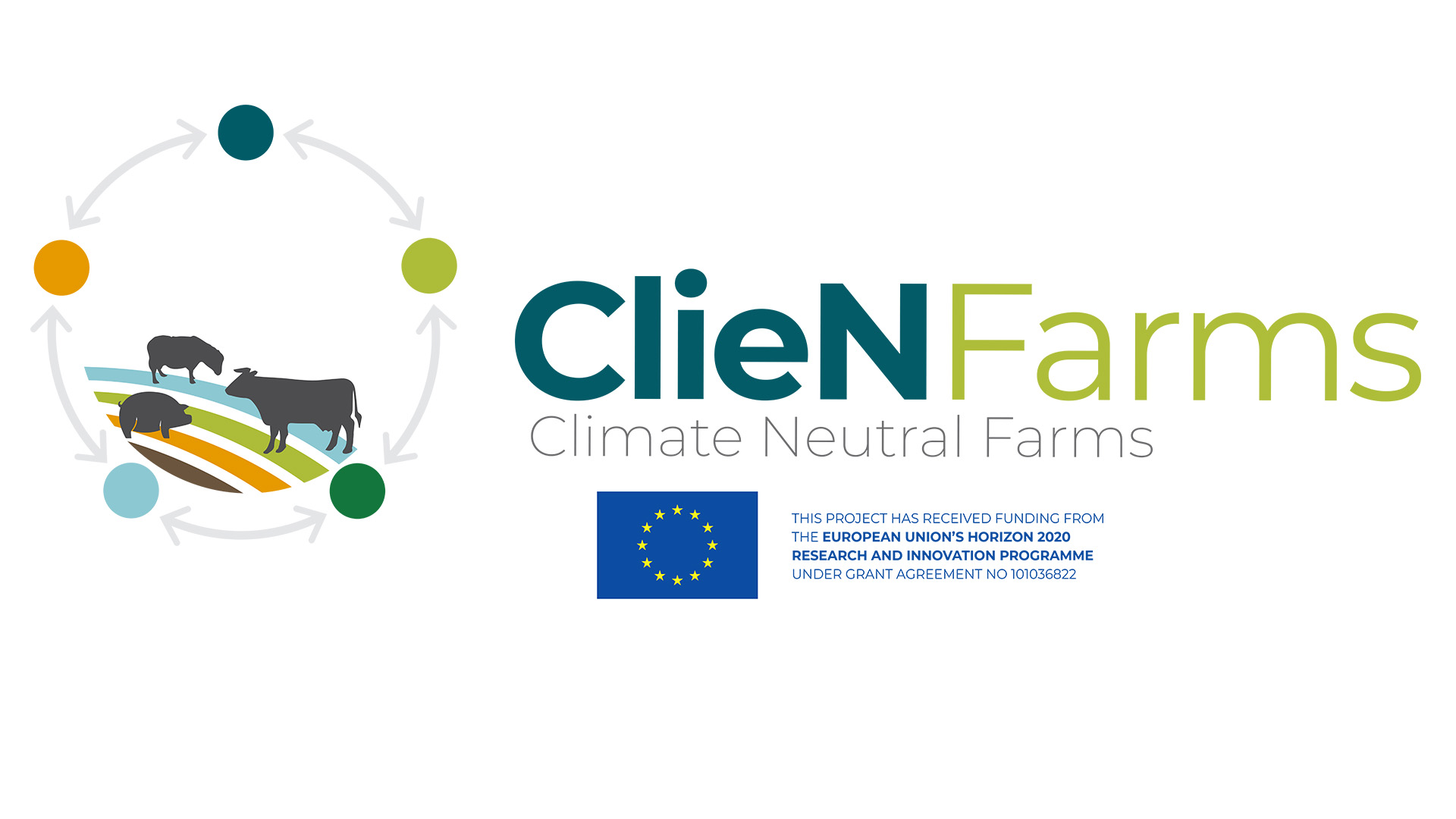Is planting winter barley before the end of September worth the risk?
The growing threat of changeable weather over the coming days may push tillage farmers in the direction of planting winter barley before the end of September.
Taking such an approach brings with it the threat of Barley Yellow Dwarf Virus (BYDV) impacting on the growth of freshly planted crops.
However, holding off until early October may mean that ground conditions have deteriorated to such an extent that field work becomes extremely challenging.
Most parts of the county have received up to 50mm of rain over recent weeks. So, it would not take much more precipitation for ground conditions to become extremely tricky.
The most obvious solution to this conundrum is for growers to push ahead with BYDV tolerant varieties of winter barley.
By all accounts, relevant seed stocks should be relatively abundant.
Winter rye
Another planting option for growers right now is winter rye.
The benefits of the crop were well profiled at the recent Teagasc Crops Forum event.
However, the one downside to this cropping option is the current hesitation on the part of merchants and feed compounders to utilise the cereal.
Rye is attractive for tillage farmers as it has high grain yields with a relatively low cost of production and is not susceptible to difficult to control disease like septoria tritici and ramularia.
The top countries where winter rye is grown are Germany, Poland, Russia, China, and Denmark. Many people point to Denmark, which has a similar temperate climate to Ireland, when making a case for increasing the production of rye in Ireland.
Rye production for animal feed in Denmark has increased substantially in recent years as a result of a policy of more home-produced feed production where much of the rye grown in Denmark is used for feed in its large pig enterprises.
Most of the current rye varieties are hybrid and capable of delivering yields between 10-12t/ha.
Rye is a cross pollinator, unlike wheat and barley which are self-pollinators. As a result, rye had issues with ergot in the past, but modern breeding techniques have reduced this risk by reducing the time taken for fertilisation to occur.
Rye is highly resistant to the Take-all fungus gaeumannomyces graminis and is a suitable crop to grow in a Take-all slot. However, consecutive crops should be avoided as this will increase the risk of ergot.
One of the advantages of winter rye is that it gives growers the option of lengthening the rotation before returning to a break crop.
Another advantage of rye's Take-all tolerance is that it spreads the workload in the autumn as it can be sown from mid-September. Rye also has good nutrient efficiency and good drought tolerance.
Weather
Meanwhile, Met Éireann is forecasting rather unsettled conditions for the week ahead..
The overall signal is for low pressure to to the south-west of Ireland to be the dominant force resulting in wetter than average conditions across much of the country.
Mean air temperatures will likely be close to or slightly below normal for the time of year.












